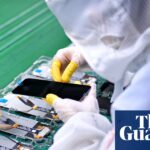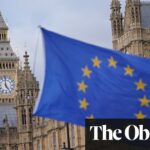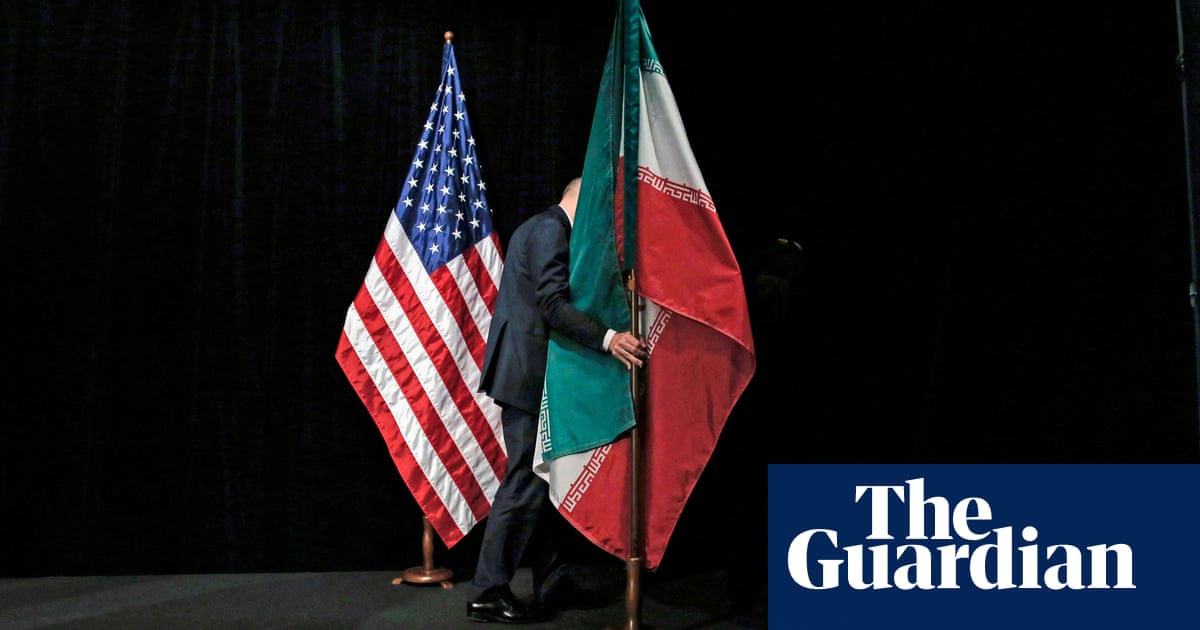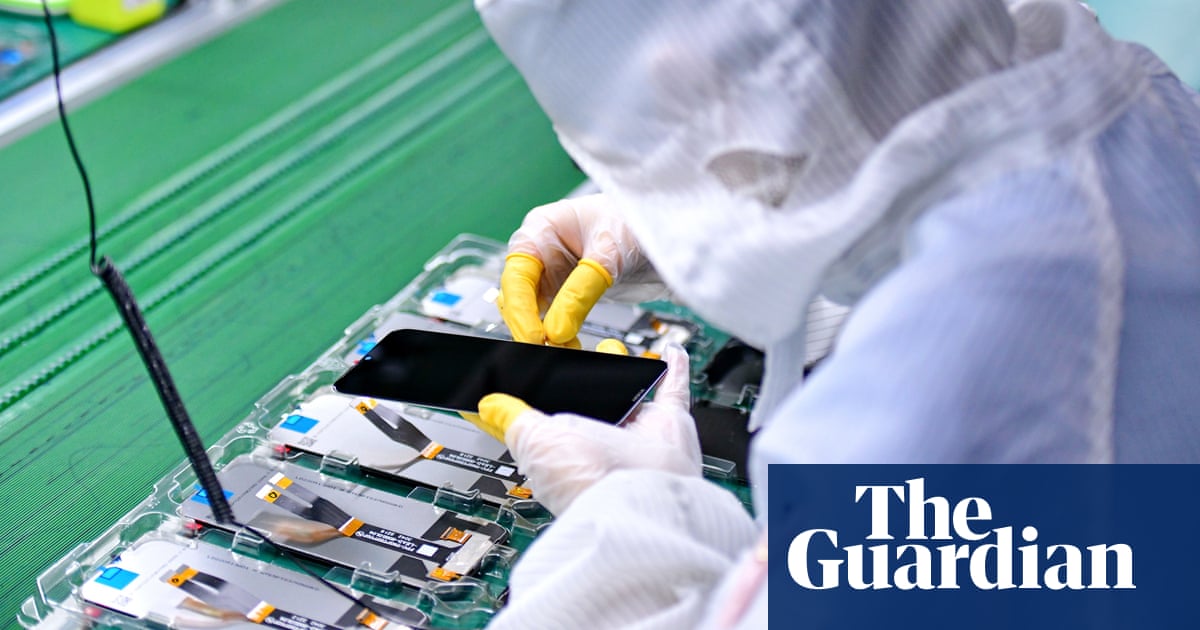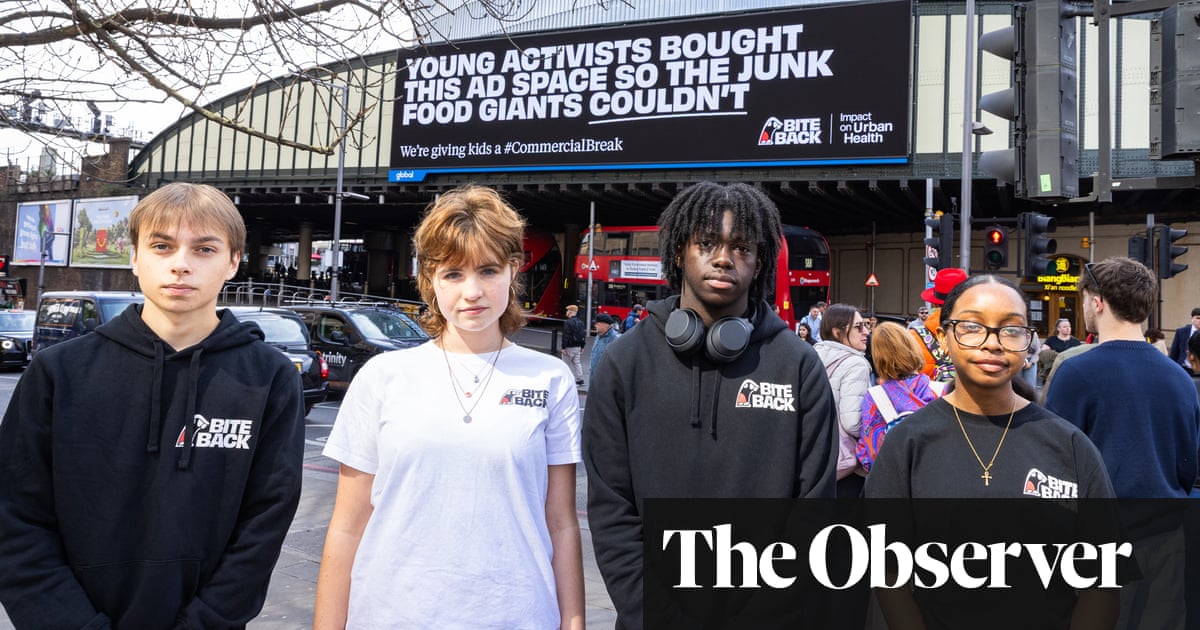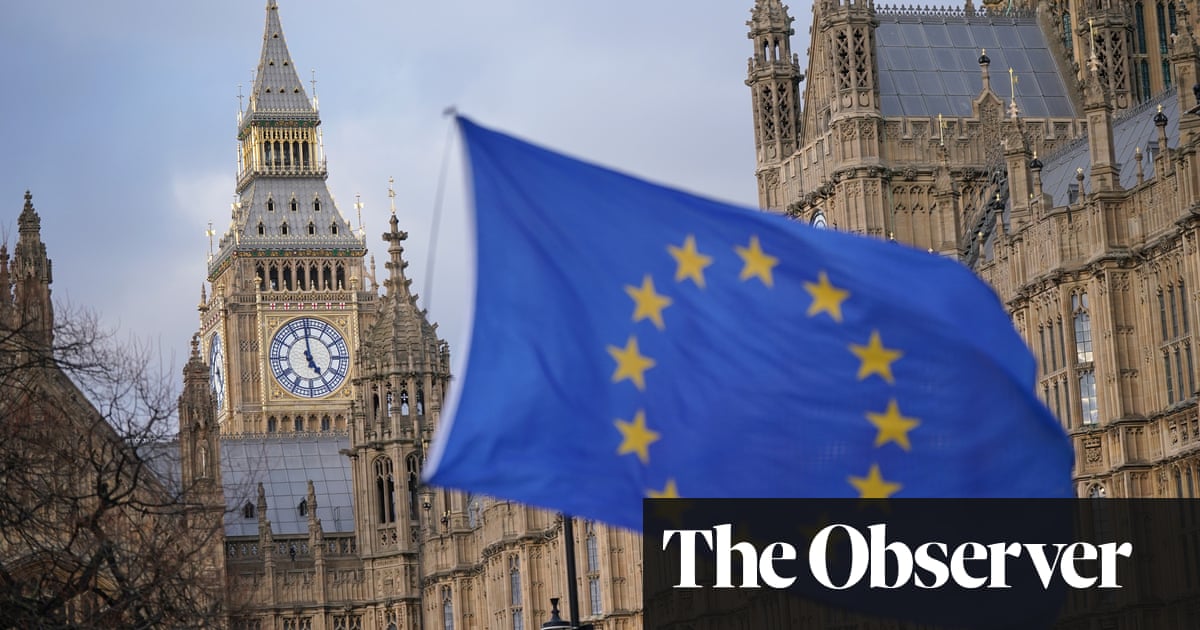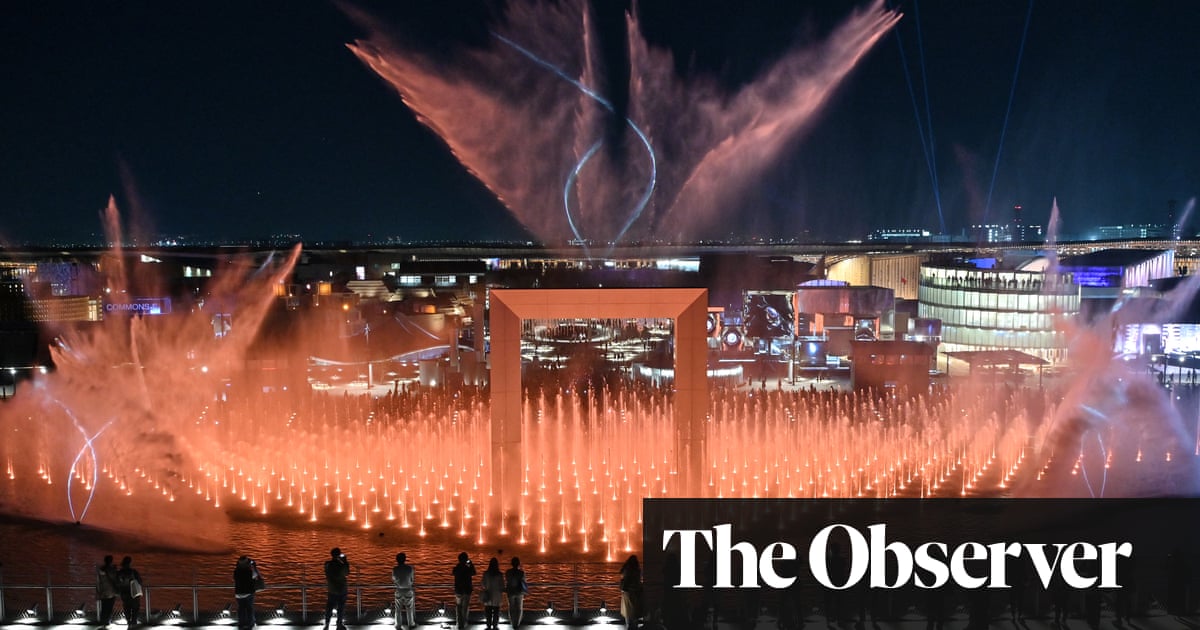Historical metaphor refers to them as “Nixon in China” moments: diplomatic encounters where leaders representing political systems implacably opposed to each other overcome their mistrust to achieve unexpected breakthroughs.
Yet few meetings can have held less obvious prospect of the success achieved by President Richard Nixon’s historic 1972 visit to Beijing than that scheduled to take place in Oman on Saturday between representatives of the United States and Iran.
The event took the international media by surprise when it was announced by Donald Trump last Monday.
Ostensibly at stake is Iran’s nuclear program, and western fears that the country’s theocratic rulers could convert it into an atomic bomb.
Trump, sitting beside the Israeli prime minister Benjamin Netanyahu in the Oval Office, infused the matter with renewed urgency by warning that Iran would face dire consequences unless a deal could be reached.
“I think if the talks aren’t successful, Iran is going to be in great danger, because they can’t have a nuclear weapon,” he said.
The air of diplomacy backed by threat was reiterated by White House press secretary Karoline Leavitt on Friday. “The ultimate objective is to ensure that Iran can never attain a nuclear weapon … All options are on the table and Iran has a choice to make: you can agree to President Trump’s demand or there will be all hell to pay,” she said.
It seemed an inauspicious way to attempt to surmount two generations of suspicion between two countries since Jimmy Carter severed diplomatic ties in 1980 after Islamic revolutionaries stormed the US embassy in Tehran and held 53 Americans hostage for more than a year.
Compounding that obstacle is the fact that the two sides have given contradictory definitions of format for the talks.
While Trump has said the contacts will be “direct”, Iran insists they will be “indirect”, implying that communications will take place through an unspecified intermediary.
Analysts and veteran diplomats say that difference could portend bigger disagreements, precluding the chance of success, which one veteran US diplomat estimated at ranging from “zero to none”.
“It indicates that serious people are not running the show, because one of the first things you do is you agree on things like commenting on the format and what’s going to happen,” said Dennis Jett, a former US ambassador, international relations professor and author of a book about the 2015 nuclear agreement with Iran, which was signed by Barack Obama but abandoned by Trump during his first presidency.
“So if you can’t even agree if it’s direct or indirect … if it’s indirect, it’s a lot harder obviously.”
Foreign minister Abbas Araghchi, leading the Iranian delegation, is one of Iran’s most experienced diplomats who was closely involved in the negotiations that underpinned the 2015 deal, known as the joint comprehensive plan of action (JCPOA).
By contrast, the US team will be led by Steve Witkoff, Trump’s special envoy to the Middle East. Witkoff, a billionaire hotel developer from the Bronx, has the president’s ear and trust – but has no experience of Iran or its often complex negotiating culture.
That knowledge gap could exacerbate an already yawning gulf in understanding between the two countries.
“We don’t understand the Iranians, and I’m not sure how well the Iranians understand the American political system – particularly today,” said Ray Takeyh, an Iran specialist at the Council of Foreign Relations.
“We are dealing with a very complicated relationship without an understanding of the other side.”
Fueling the mutual ignorance, Takeyh argued, has been 45 years of diplomatic non-contact.
“We collectively in the United States simply do not understand the Iranian regime,” he said. “We don’t understand how it works. We don’t understand is the personalities and the motivation of the actors that are involved, in my opinion, we are fundamentally ignorant of the inner workings of the Iranian regime.”
Further complicating things are the two sides’ diverging goals.
For Iran, a primary aim is relief from years of western sanctions that have left the economy creaking, while keeping intact the nuclear program that the country’s leaders insist is merely for civil energy purposes.
“First and foremost, the Iranian aim is to protect their nuclear infrastructure from military attack, and the best way to do that is to launch a negotiating process,” said Takeyh.
US aims are harder to discern. Netanyahu has called on the US to press for the “Libyan option” – so-called after an agreement reached with Libya’s former dictator, Muammar Gaddafi, and meaning the total dismantlement of the uranium enrichment capacity.
For Iran that goal is an almost certain non-starter – all the more so given the eventual fate of Gaddafi, who was later ousted from power and killed by rebels.
Just as unpalatable are objectives cited by Mike Waltz, the US national security adviser, who has talked about ending Iran’s support for regional proxies like Hamas in Gaza, Hezbollah, the Lebanese Shia group, and the Houthis in Yemen, against whom the Trump administration has recently launched military strikes.
But Waltz appears to have lost influence in the White House after the recent ‘Signalgate” fiasco – in which he inadvertently invited a journalist into a chat group to discuss the Houthi strikes – while Witkoff has struck a more conciliatory pose, according to Sina Toossi, a senior fellow at the Center for International Policy.
“He does seem like a more pragmatic person” said Toossi, citing a recent interview Witkoff gave in which he mentioned a possible agreement with Iran. “He talked about the deal that would center on verifying Iran’s nuclear program is peaceful.
“And he does seem to speak with the authority of Trump. I do not think that the Iranians would have agreed to a high-level meeting with Witkoff in Oman like this if they don’t already have some kind of clarity that this isn’t going to be a very one-sided negotiation.”
That would include assurances that the US side is not seeking regime change – a goal articulated by high-level foreign policy aides in Trump’s previous administration, but which the president has shown signs of having renounced.
Witkoff signalled flexibility in the US stance in eve-of-talks remarks to the Wall Street Journal, identifying Washington’s “red line” as “weaponisation”.
“I think our position begins with dismantlement of your program. That is our position today,” he said, describing what he would tell Iranian officials. “That doesn’t mean, by the way, that at the margin we’re not going to find other ways to find compromise between the two countries.
“Where our red line will be, there can’t be weaponization of your nuclear capability.”
Yet at the core of the Iranians’ sudden openness to engagement – conspicuously absent in the four years of Joe Biden’s presidency, despite repeated overtures – are feelings of fear and uncertainty over Trump himself.
During his first presidency, Trump ordered the killing of Qassem Suleimani, the former commander of the Islamic Revolutionary Guards Corps’ elite Quds unit, bringing the two countries to the brink of war.
“There is a fear factor that propels them forward. But it works both ways. On the one hand, there’s a fear of what he might do. On the other hand, there’s concern about his reliability as an interlocutor,” said Takeyh.
But, said Toossi, Ayatollah Ali Khamenei, Iran’s supreme leader, is now dangling a carrot that Trump – with his famously transactional worldview – might be expected to grasp: the prospect of US commercial ties with Iran.
“Iran is in a dire economic situation, with US economic sanctions and its currency continuing to deteriorate. It really needs foreign investment to update its infrastructure,” wrote Araghchi in a Washington Post article this week
“Trump, in a way, presents an opportunity for Iran in that they view any deal he would strike as more lasting, potentially, if they can get him to agree on something.”

